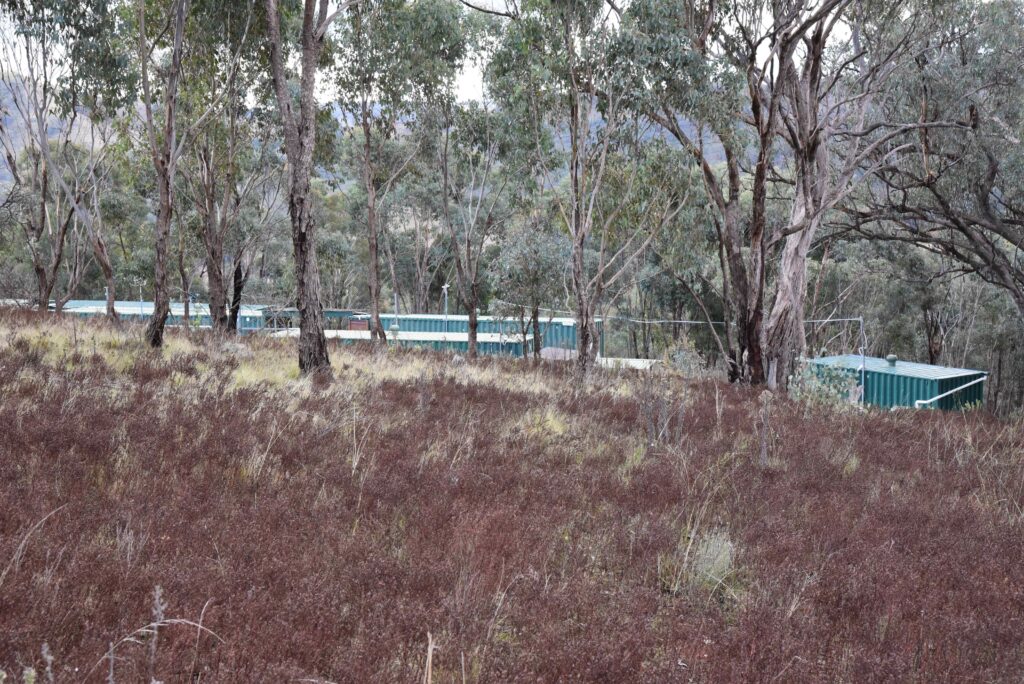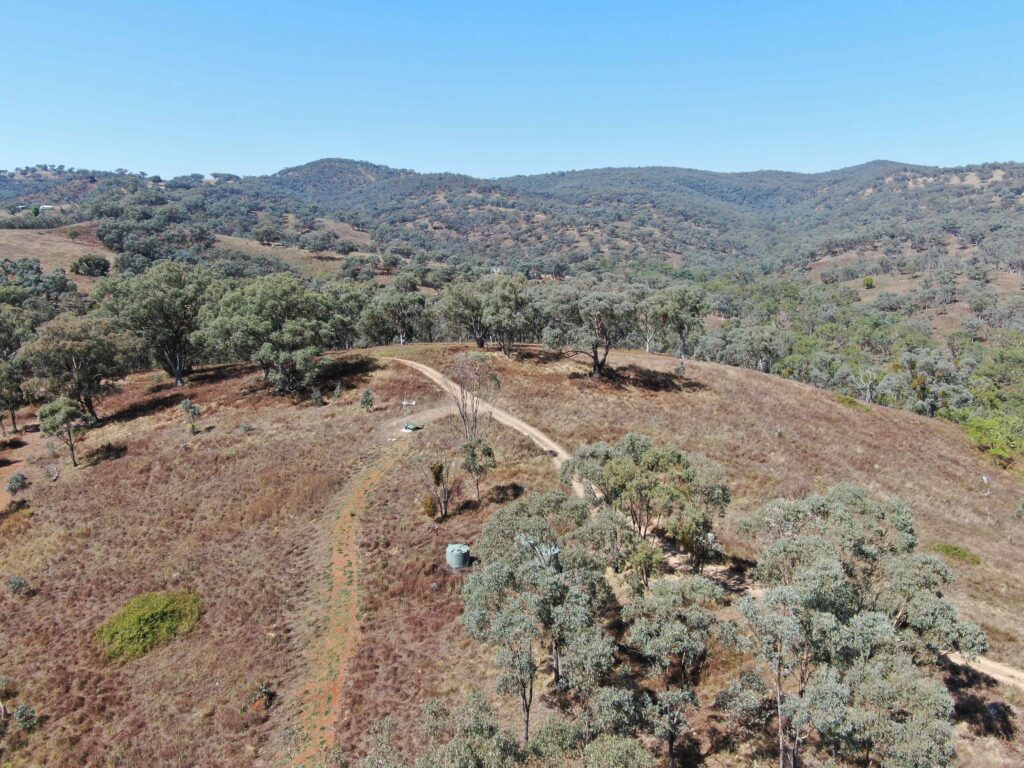CONTAINER HOMES
This is the shipping container living, menu page —
guiding site visitor questions to the respective pages.
Is container living, living in the rough? Absolutely not! It is a low cost outlay, but comfortable choice. I have been living it for more than 5 years now. I live in comfort, not needing any civil services (other than roads, phone & internet) and I live in freedom. I have everything I need or want at my finger tips. I am in connection with nature and I am loving it. Come and visit me!


The topics that we will discuss.
The following questions refer to the
containers benefits page.
- Why did I change to container living?
.
- How can we help you achieve this also?
.
- How do we compare the costs in broad figures of urban vs rural container house living?
.
- What are the benefits of a container house?
The following questions refer to the
containers tenancy page.
- Why are we going via an agricultural tenancy?
following on……..
The following question refers to the
containers costs and costs2 pages.
- What are the budget costs for us creating fully modified containers?
The last question refers to the
containers process page.
- If you are interested, then what are the steps that need to be taken.
You can go directly to one of the following containers pages: — costs page2 —– containers layouts
